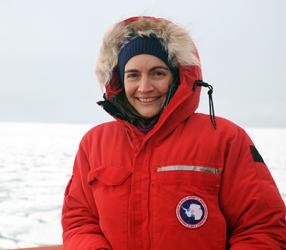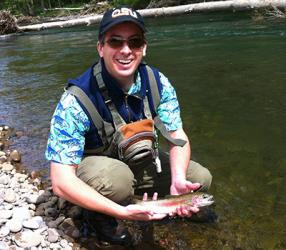Directory
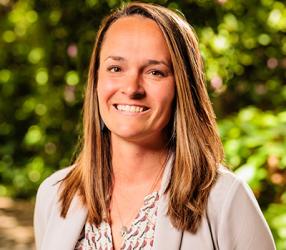
Andrea Allan
Senior Instructor II and Program Director of the Climate Science ProgramLarge-scale atmospheric circulation and dynamics, present and future climatology, and global and regional climate modeling and statistical analysis

Andrea Balbas
Assistant ProfessorGeochronology, paleomagnetism, stratigraphy

Andrew Barnard
Associate Professor (Senior Research)
Jack Barth
ProfessorCoastal ocean dynamics, coastal marine ecosystems, hypoxia, inner continental shelf dynamics
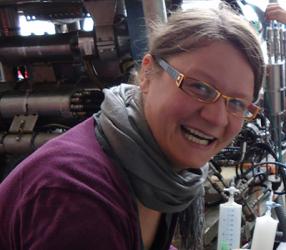
Tamara Baumberger
Assistant Professor (Senior Research)The gas chemistry of hydrothermal vents and methane seeps with a special interest into the carbon cycle and noble gas chemistry
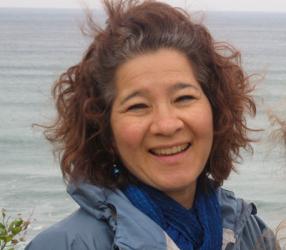
Lorene Yokoyama (Laurie) Becker
Senior Instructor IIlorene.yokoyama-becker@oregonstate.edu
Sustainability and Resilience in Land Use Planning, Conservation GIS, Public Participation GIS, and Biomimicry
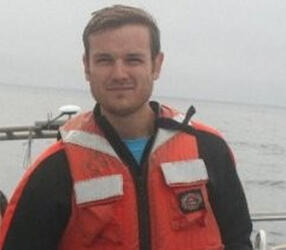
Jeffrey Beeson
Assistant ProfessorUsing seafloor and subseafloor imaging to explore the dynamics of plate boundary tectonics, methane seepage, and submarine volcanism

Bran Black
Instructor
Sherman Bloomer
Chancellor and Dean, OSU-Cascades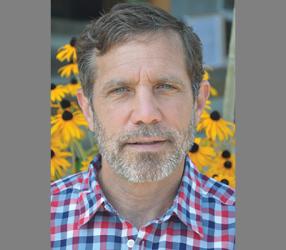
Ed Brook
University Distinguished Professor of Earth, Ocean, and Atmospheric SciencesPaleoclimatology, geochemistry, ice core trace gas records, cosmogenic isotopes, extraterrestrial dust

Kristen (Caison) Buck
Professortrace metal biogeochemistry, elemental cycles, chemical oceanography
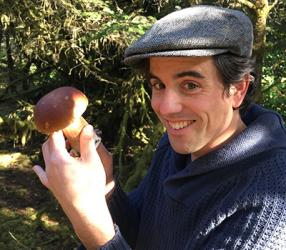
Christo Buizert
Associate Professorchristo.buizert@oregonstate.edu
Paleoclimate, ice cores, abrupt climate change, firn processes
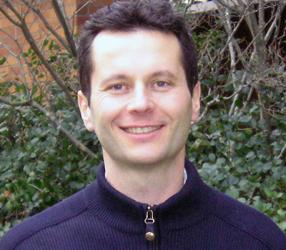
Lorenzo Ciannelli
Professor, Interim Associate Dean for Graduate Programslorenzo.ciannelli@oregonstate.edu
Fisheries oceanography, spatial ecology, fish early life stages, statistical analysis of catch and survey data

Peter U. Clark
University Distinguished Professor of Earth, Ocean, and Atmospheric SciencesDynamics of glaciers and ice sheets, sea level change, paleoclimatology, abrupt climate change
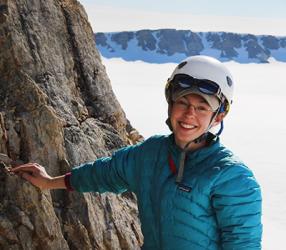
Jessica (JC) Creveling
Associate Professorjessica.creveling@oregonstate.edu
Geology, Earth history, sedimentology, stratigraphy, sea-level change

Byron Crump
Professor and Program Head for OceanographyAquatic microbial ecology in marine, estuarine and freshwater ecosystems
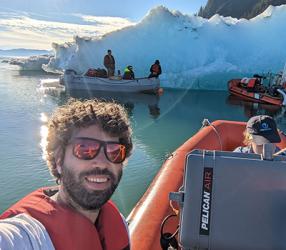
Jesse Cusack
Assistant ProfessorSmall to mesoscale ocean processes such as turbulence, flows over topography, internal waves and eddies

Jason Davis
Environmental Justice and Sustainability Instructor
Lynette de Silva
Water Conflict Mgt. Director; Senior Instructor IIlynette.desilva@oregonstate.edu
Water conflict management, integrated watershed management
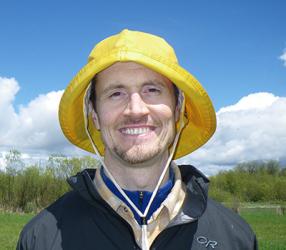
Simon de Szoeke
Professorsimon.deszoeke@oregonstate.edu
Atmosphere-ocean interaction, stratiform clouds, tropical meteorology
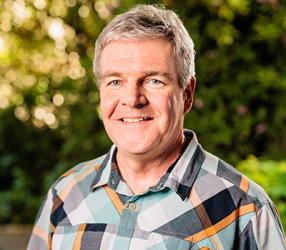
Edward Dever
ProfessorCross-shelf exchange processes, analysis and prediction of Lagrangian transport, air-sea interaction

Emily Eidam
Associate ProfessorSediment transport processes and rates in fluvial, coastal, and continental shelf systems, as well as event-scale to centennial-scale sediment deposition
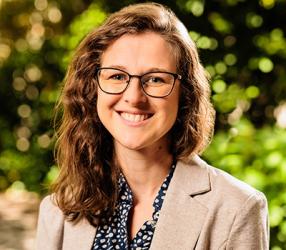
Kelsey Emard
Assistant ProfessorLand use change, sustainable rural livelihoods (especially in agriculture and fisheries), environmental risk and justice, climate resilience

Jenny Engels
Associate Professor of Teaching in Environmental Sciences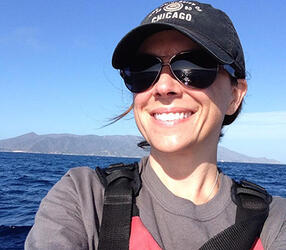
Jennifer Fehrenbacher
Associate Professor, Interim Program Director for Ocean, Earth, and Atmospheric Sciences Graduate Programjennifer.fehrenbacher@oregonstate.edu
Trace element and stable isotope geochemistry, biomineralization, and marine biology

Melanie Fewings
Professormelanie.fewings@oregonstate.edu
Observational coastal physical oceanography and meteorology

Erica Fleishman
Professor, Geography and Environmental Sciences Unit Chair, and Director of the Oregon Climate Change Research Instituteerica.fleishman@oregonstate.edu
Biogeography, conservation, ecological responses to climate and land-use change

Jonathan Fram
Associate Professor (Senior Research), OOI Endurance Array Project Manager
Theresa Fritz-Endres
Instructor
Amrapalli Garanaik
Assistant Professor (Senior Research)amrapalli.garanaik@oregonstate.edu
Geophysical and environmental fluid dynamics, with a focus on turbulent mixing and transport in oceanic flows and their critical impact on Earth's climate and ecosystems

Jessica Garwood
Assistant Professorjessica.garwood@oregonstate.edu
Small-scale physical-biological interactions in the ocean, especially their implications for transport of plankton or sediment
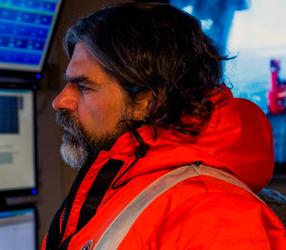
Miguel Goñi
ProfessorCycling of natural organic matter in the earth's surface, mainly in aquatic environments

Matthew Goslin
Instructor
Hannah Gosnell
Professorhannah.gosnell@oregonstate.edu
Transformations to sustainability; biodiversity conservation; regenerative agriculture; environmental governance; water resource policy, management and law; drivers and consequences of rural land use change

Roy Haggerty
Provost and Executive Vice PresidentGround water-surface water interactions, flow and transport in surface and ground water, nutrient transport, modeling, hyporheic exchange, heat transport in streams
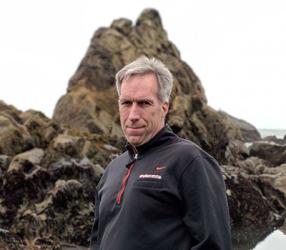
Burke Hales
ProfessorCoastal ocean carbon cycles, ocean acidification, measurement and experimental manipulation technology

Michael Harte
ProfessorMarine geography, natural resource management and planning
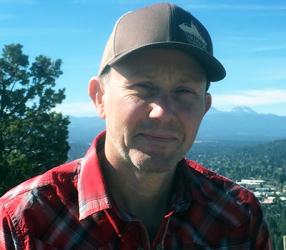
Demian Hommel
Associate Professor of TeachingHuman dimensions of global change; environmental security and resource conflicts; political ecology; risk; people-reef interactions; climate justice; pedagogy and technology

Jennifer (Jenny) Hutchings
Professorjennifer.hutchings@oregonstate.edu
Sea ice dynamics and mechanics

Andrea Jenney
Assistant ProfessorAtmospheric/climate science with a focus on understanding and modeling tropical convection and clouds

Julia Jones
University Distinguished Professor and Program Head for GeographyLand use, climate change and disturbance effects on hydrology, geomorphology, water quality, spatio-temporal statistics
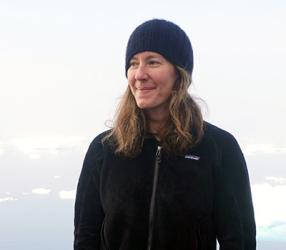
Lauren (Laurie) Juranek
Professorlaurie.juranek@oregonstate.edu
Dissolved gases, isotope biogeochemistry, marine biological pump, and marine carbon cycle
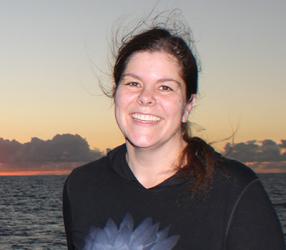
Maria Kavanaugh
Associate Professormaria.kavanaugh@oregonstate.edu
Seascape ecology, remote sensing, global change
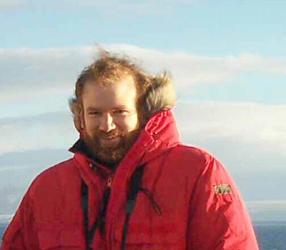
Randall (Randy) Keller
Instructorrandall.keller@oregonstate.edu
Marine geology, igneous geochemistry

Robert Kennedy
Professorrobert.kennedy@oregonstate.edu
Satellite remote sensing using time series imagery, pattern and processes of landscape change, "Landtrendr"

Patrick (Pat) Kennelly
Senior Instructor IGeographic Information Systems (GIS) and cartography

Adam Kent
Professor and Director of the W.M. Keck Collaboratory for Plasma Mass Spectrometry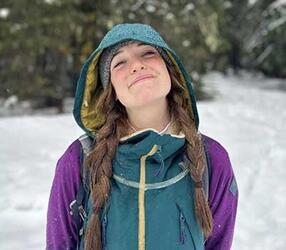
Meghan King
Instructor
Kevin Konrad
Assistant ProfessorNoble gas geochronology, marine geology, mantle geodynamics, and volcanism

Anthony Koppers
Professoranthony.koppers@oregonstate.edu
Isotope geochemistry of hotspot volcanism, plate tectonic theory, mantle geodynamics

P. Michael (Mike) Kosro
ProfessorCoastal oceanography, shelf/deep-sea exchange processes, remote sensing, ocean acoustics, ocean circulation
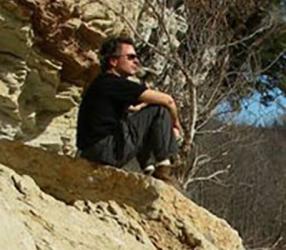
Stephen Lancaster
Associate Professorstephen.lancaster@oregonstate.edu
Fluvial geomorphology, hydrology

Kelsey Lane
Oceanography Instructor, REU Program DirectorModern planktic foraminiferal ecology

Andone Lavery
Executive Director of the Gaulke Center for Marine Innovation and Technology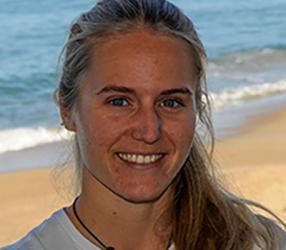
Astrid Leitner
Assistant Professorastrid.leitner@oregonstate.edu
The impacts of abrupt and complex bathymetry across scales on the ecology and behavior of marine animals with a special focus on the deep sea

Jim Lerczak
Professor and Associate Dean for ResearchCoastal physical oceanography

Ricardo Letelier
Professorricardo.letelier@oregonstate.edu
Marine pelagic microorganisms, biogeochemical cycles, nitrogen fixation, photosynthesis, chlorophyll passive (solar-induced) fluorescence
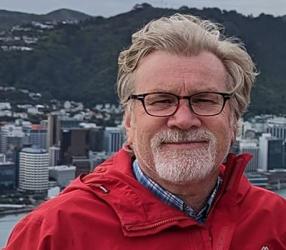
John Lowry
Geospatial Science Senior Instructor IGeospatial Science applications in environmental planning and management
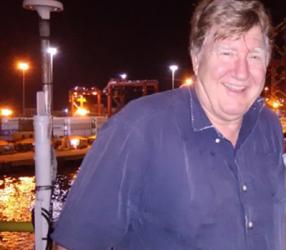
Mitchell Lyle
Professor (Senior Research)Miocene equatorial Pacific paleoproductivity, ocean carbon cycling, geochemical tracers, seismic stratigraphy and pelagic sedimentation
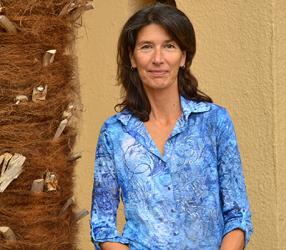
Roberta Marinelli
Professorroberta.marinelli@oregonstate.edu
Ecology and biogeochemistry of the seafloor
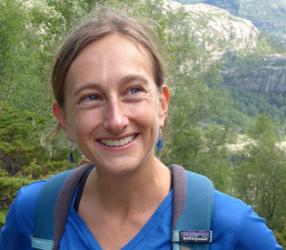
Tara Massad
Instructortropical chemical ecology, plant-insect interactions, reforestation, savanna ecology

Ricardo Matano
Professorricardo.matano@oregonstate.edu
Large-scale ocean circulation, the dynamics of western boundary currents, ocean modeling, geophysical fluid dynamics. the circulation in the Southern Ocean

Haruyoshi Matsumoto
Associate Professor (Senior Research)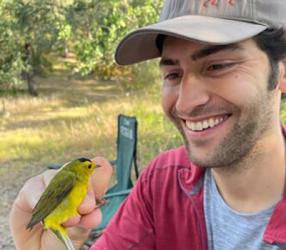
Tyler McFadden
Instructor and Interim Director, Environmental Sciences Undergraduate Programtyler.mcfadden@oregonstate.edu
Biodiversity responses to land use and climate change; avian ecology; species interactions

Karen McLeod
Director, Marine Resource Management ProgramScience and society; marine ecology; leadership development; science communication & strategic engagement; transdisciplinarity

Erin McParland
Assistant Professorerin.mcparland@oregonstate.edu
Using metabolomics and other techniques to understand the cycling of carbon by marine microbes

David Mellinger
Professor (Senior Research)
Philip Mote
Professor, Climate Science Unit ChairRegional climate modeling, the influence of climate change on western US snowpack. No longer advising Ph.D. students.
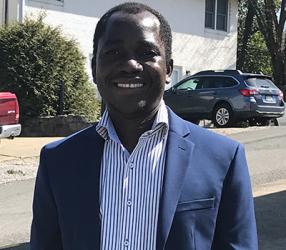
Park Muhonda
Geography Instructor
Jonathan Nash
ProfessorPhysics of turbulence, mixing & other small-scale processes in the ocean & near ice. New technologies (like autonomous vehicles & sensor systems) to measure glacier ice melt, internal waves, submesoscale instabilities, ocean dynamics.

Peder Nelson
Senior Instructor I / Senior Faculty Research Assistant IIRemote sensing, GIS, automated visualization and analysis tools
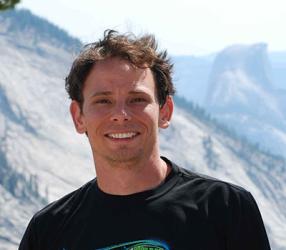
Larry O'Neill
Associate Professor and Director of the Oregon Climate ServiceAir-sea interactions, satellite meteorology and oceanography, atmospheric boundary layer and ocean mixed layer dynamics

Felicia Olmeta Schult
Assistant Professor of Practice
Tuba Ozkan-Haller
Dean and Professortuba.ozkan-haller@oregonstate.edu
Near-shore circulation modeling, data assimilation in the near-shore region, time-series analysis techniques
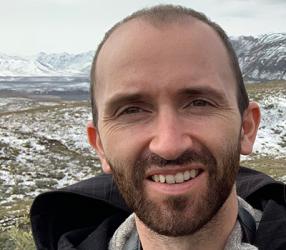
Brodie Pearson
Assistant Professorbrodie.pearson@oregonstate.edu
Physics of mixing processes (i.e. turbulence) in the ocean

Laura E. R. Peters
Assistant ProfessorDisasters, conflict resolution and peacebuilding, community health, social justice and inclusion, humanitarian and conflict-affected contexts

Erin Pettit
ProfessorGlacier and ice sheet dynamics, ice/ocean interactions, ice rheology and deformation, ice-core climate history

Mark Raleigh
Assistant ProfessorSnow, mountain, and forest hydrology; remote sensing; numerical modeling; data assimilation; machine learning; streamflow forecasting; hydroclimate interactions, extremes, disturbance, and change

Peter Ruggiero
Professorpeter.ruggiero@oregonstate.edu
Coastal geomorphology, coastal hazards, nearshore processes

David Rupp
Associate Professor (Senior Research)Climate variability, anthropogenic influences on climate and hydrology, streamflow processes

Roger Samelson
Professorroger.samelson@oregonstate.edu
Fluid dynamics and thermodynamics of the ocean and atmosphere, coastal and arctic meteorology, nonlinear dynamics of geophysical fluids

Andreas Schmittner
Professorandreas.schmittner@oregonstate.edu
Climate change, ocean biogeochemical cycles, interactions in the climate system, paleoclimate, ocean circulation

Adam Schultz
ProfessorGeophysical imaging to study the structure and composition of Earth’s interior
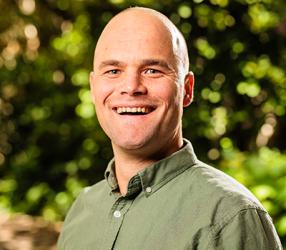
Pieter-Ewald Share
Assistant ProfessorNature of structure and strain along major faults making up the southern California plate boundary

Kipp Shearman
ProfessorPhysical processes in coastal ocean, Autonomous Underwater Vehicles (AUVs)

Karen Shell
Professor of Practice and Climate Science Program HeadClimate dynamics, general circulation of the atmosphere, interactions between radiative transfer and the dynamics of the atmosphere and ocean, climate modeling
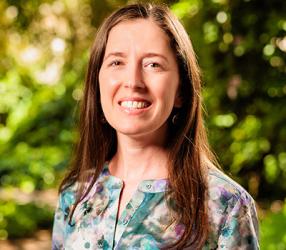
Alyssa Shiel
Associate ProfessorEnvironmental monitoring: moss, lichen, water, soil, sediment; pollution: mining, infrastructure, leaded gasoline; metals; lead; isotopes

Emily Shroyer
ProfessorSmall-scale ocean dynamics, such as turbulent mixing, internal gravity waves, and upper ocean processes

Nicholas (Nick) Siler
Associate ProfessorMountain precipitation and hydrology, global hydrologic cycle, regional climate change and variability

Eric Skyllingstad
Professoreric.skyllingstad@oregonstate.edu
Upper ocean turbulence, mesoscale coastal internal waves, ocean-atmosphere coupling
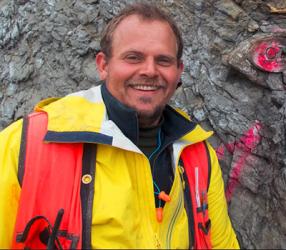
Frank Sousa
Assistant ProfessorLow-temperature thermochronology, field geology, and applications of remote sensing date to geology mapping

Yvette Spitz
Professor, Oceanography Unit ChairThe main pathways in marine ecosystems, coupled physical-biological models

Ben Stanley
Senior Instructor I of Geology
Joseph Stoner
ProfessorSediment magnetism, stratigraphy, paleoclimatology
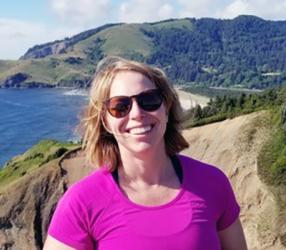
Pamela Sullivan
Professor, Hollis M. Dole Professor in Geosciencespamela.sullivan@oregonstate.edu
Ecohydrology; interactions of climate, vegetation and geology

Brian Tattitch
Assistant Professor, Barrow Family Chair in Mineral Resource Geologybrian.tattitch@oregonstate.edu
Mineral deposits, Igneous petrology, volcanology, experimental petrology

Frank Tepley
Professor, Geology and Geophysics Unit Chair, and Geology Program DirectorIgneous petrology, isotope geochemistry, electron probe microscopy
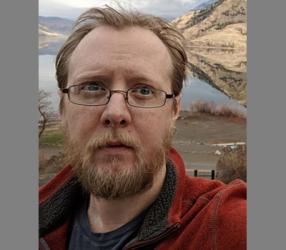
Jim Thatcher
Associate ProfessorCritical GIS, Critical Cartography, Political Ecology, and geocomputation

Jenna Tilt
Associate ProfessorHuman dimensions of natural hazards, disaster recovery, community resilience

Alexandra Turgul
Instructor
Jamon Van Den Hoek
Associate Professorjamon.vandenhoek@oregonstate.edu
Using satellite imagery and geospatial data to examine relationships between forced displacement, climate vulnerability, and land cover/land use change in conflict-affected regions around the world
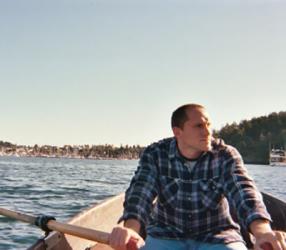
George Waldbusser
Professorgeorge.waldbusser@oregonstate.edu
Ocean acidification effects on bivalves, benthic ecology and sediment biogeochemistry, tidal flat ecology
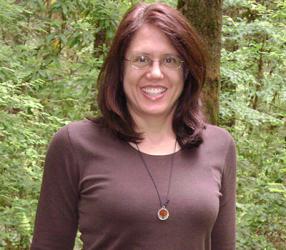
Kuuipo Walsh
GIScience Program Director, Senior Instructor IGIS, metadata, digital libraries and coastal atlases

James Watson
Associate ProfessorComplex adaptive systems, environmental science, social-ecological systems, quantitative analyses, seascape ecology, marine spatial planning, coastal vulnerability
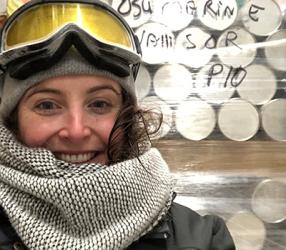
Kathleen Wendt
Assistant Professor (Senior Research)kathleen.wendt@oregonstate.edu
Using cave formations and polar ice cores to study Earth's climate history
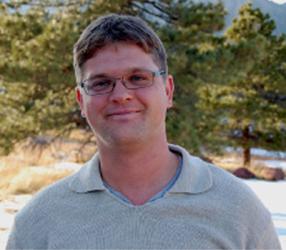
Justin Wettstein
Associate Professorjustin.wettstein@oregonstate.edu
Large-scale and long-term climate and atmospheric dynamics, climate variability and change, climate impacts and responses in natural and human-managed systems
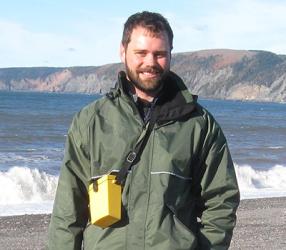
Greg Wilson
Associate ProfessorPhysics of the nearshore coastal ocean including waves, currents, and sediment transport

Aaron Wolf
ProfessorTransboundary water conflicts and conflict resolution

David Wrathall
Associate Professordavid.wrathall@oregonstate.edu
Climate hazards, climate change adaptation, social vulnerability, migration, and political ecology

Kaplan Yalcin
Assistant Dean for Academic ProgramsDistance and online education, paleoclimatology

Rebecca Yalcin
Instructor
Edward (Ed) Zaron
Associate Professor (Senior Research)edward.d.zaron@oregonstate.edu
Ocean modeling and data assimilation, satellite altimetry, and geophysical fluid dynamics

Seth Zippel
Assistant ProfessorHow the ocean and the atmosphere interact using field measurements from a diverse set of regions including estuaries, the open ocean, and the Arctic
